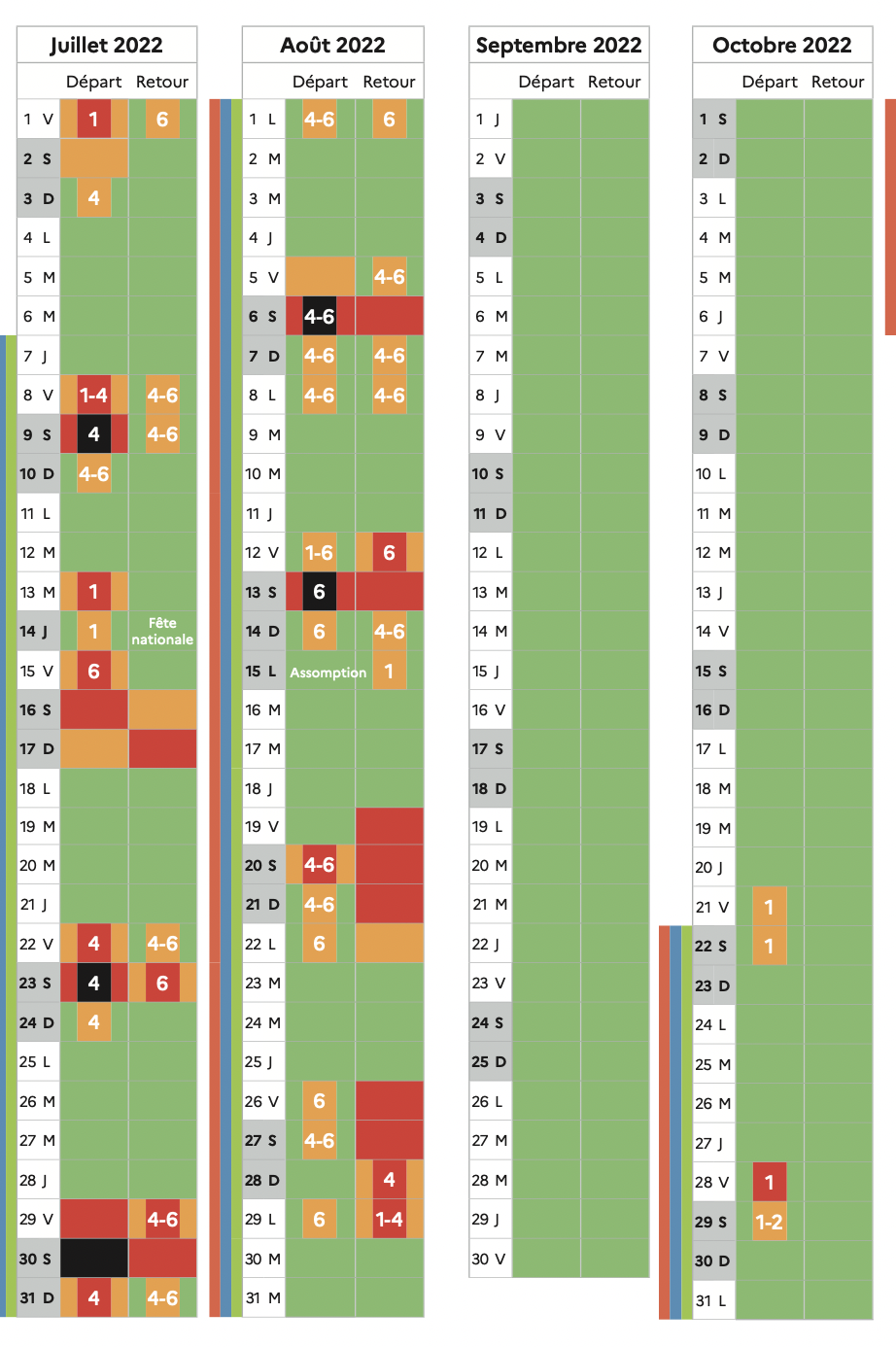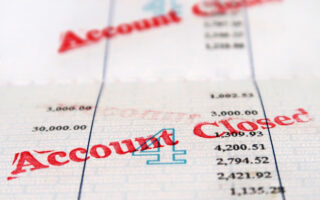7 Need-to-Know Tips for Driving in France this Summer
Feature


Whether you’re travelling by ferry from the UK, hiring a rental car, or setting out on a European road trip, here are some of our favourite tips and hacks to help you dodge traffic, find the cheapest fuel prices, and swot up on France’s road rules.
1. Check Your Driving Licence
It goes without saying that you’ll need a valid driving licence in order to drive in France, but do you need to apply for an international driving licence? If your licence was issued in an EU or EEA country or in the UK, then you don’t need an International Driving Permit to drive in France. If your licence was issued outside of the EU (aside from the UK) and is in a language other than French, then you will need either an International Driving Permit or a certified French translation of your driving licence. We recommend the former, which is typically easy to obtain from your country of residence. Here’s the link to the US site and Australian site.
2. Avoid Heavy Traffic
The summer holidays always see a boost in traffic on the roads, especially over bank holiday weekends, and with France expecting record numbers of tourists this year, popular routes and motorways are likely to get very busy. The best way to keep ahead of the traffic and avoid the busiest periods is to keep an eye on the Bison Futé website, which has colour-coded calendars, up-to-date traffic information, and an interactive route planner to help motorists avoid congested routes and heavy traffic days. The summer calendar already shows numerous ‘red’ days (when travel will be ‘very difficult’) and five ‘black’ days (when traffic will be at its worst) throughout July and August, so try to avoid travelling on these days unless absolutely necessary.

Courtesy of Bison Futé.
3. Find the Cheapest Fuel Prices
Fuel prices have been soaring in France this year, as in most countries around the world, but motorists can still benefit from the government’s 18-centime-per-litre rebate, keeping petrol and diesel prices at a current average of € 2.02 and € 1.99, respectively. These discounts apply at all petrol stations and for all motorists (although they will be phased out by the end of the year), and they are included in the display prices that you’ll see at fuel stations. More than ever, securing the best fuel price is essential, so use the government’s price comparator here to compare prices and find the cheapest place to fill up on route.
4. Order Your Crit ‘Air Sticker
If you’re planning to drive in cities such as Paris, Lyon, and Marseille, where low emission zones are in place, you must by law display a Crit’Air sticker on your vehicle, a colour-coded vignette that classifies vehicles based on their air-polluting emissions. Driving and parking restrictions are in place for high-polluting vehicles in these zones, and fines are issued to vehicles not displaying a sticker. You can order one online for less than €5, so it’s best to order one prior to travel. Read our article Driving in France: Do I Need a Crit’Air Sticker? for all the details.
5. Ensure Your Car Meets Post-Brexit Standards
If you are bringing your car over from the UK, there are a few changes to the rules post-Brexit to ensure your car meets European standards. You’ll need to make sure your car insurance offers sufficient coverage, attach a ‘UK’ sticker to your car, and ensure you don’t drive your car in France for longer than the maximum period. Thankfully, we’ve put together a pre-travel checklist for driving to France from the UK to ensure you don’t miss anything.
6. Book Your Rental Car Early
Car rental companies across Europe have issued warnings of car shortages – a direct result of the pandemic, during which many companies reduced their fleets and sold off vehicles to boost their flagging businesses. Now, with tourism soaring, the high demand has seen a steep rise in rental car prices and widespread shortages. Our advice? Bring your own car if you have the option or book your rental car as soon as possible and be sure to re-confirm your booking prior to travel.
7. Brush Up On French Road Rules
For most anglophones, the biggest change when driving in France will be remembering to drive on the right, but there are a number of other things you should be aware of. France’s ‘Priorité à Droite’ catches out a lot of foreign drivers, so be sure you understand when this applies. The legal alcohol limit in France is just 0.05% – lower than that of the UK and US – and it’s also illegal to use any kind of headphones or headset whilst driving or to use any kind of radar device to warn of upcoming speed cameras. Read our guide to Driving in France: Speed Limits, Road Signs & Rules, or check out our essential reading for driving in France.
Safe Travels!
Share to: Facebook Twitter LinkedIn Email
By Zoë Smith
Leave a reply
Your email address will not be published. Required fields are marked *




REPLY